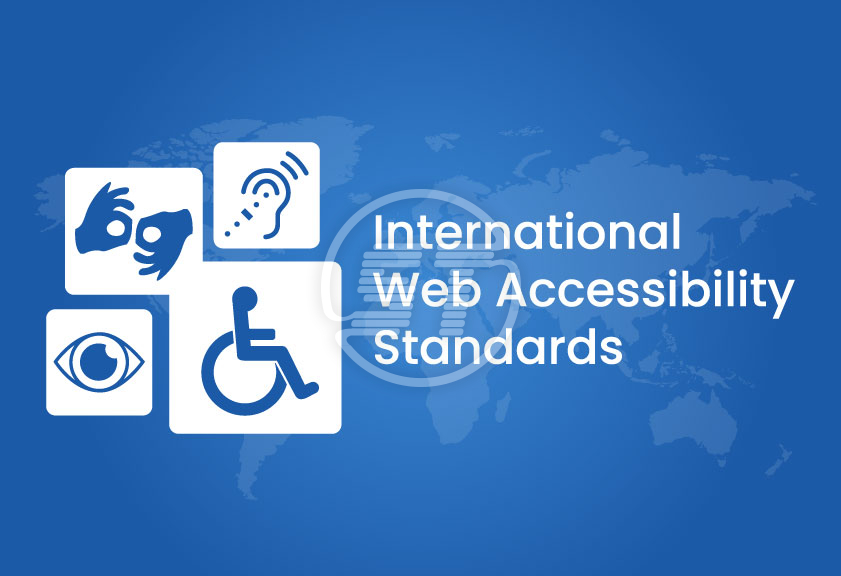Tube Rank: Your Guide to Video Success
Discover tips and insights for optimizing your video presence.
Click Here If You Can: The Case for Accessible Web Design
Uncover the secrets of accessible web design! Boost your site’s reach and user experience—click now for insights that matter!
Understanding Web Accessibility: Why It Matters for Everyone
Web accessibility refers to the practice of making websites usable for everyone, including people with disabilities. This means designing and developing digital content that accommodates users who may have visual, auditory, cognitive, or mobility impairments. When we prioritize accessibility, we ensure that all individuals can access information, products, and services online, fostering an inclusive environment that benefits society as a whole.
Understanding web accessibility is crucial because it not only enhances user experience but also expands your audience reach. Businesses that implement accessible design can tap into a broader customer base, as approximately 1 in 4 adults in the U.S. experience some form of disability. Furthermore, search engines increasingly favor accessible sites in their rankings, so investing in web accessibility can improve your site's visibility and SEO performance, making it a win-win for everyone involved.

10 Essential Tips for Creating an Inclusive Website
Creating an inclusive website is crucial for ensuring that all users, regardless of their abilities or backgrounds, can access and navigate your content. To achieve this, it is essential to follow best practices in web design. 1. Use clear and simple language helps accommodate users with varying levels of literacy and cognitive abilities. 2. Ensure adequate color contrast so that text is easily readable against background colors, benefiting individuals with visual impairments. Additionally, 3. Implement alternative text (alt text) for images, as this aids screen reader users in understanding visual content.
Furthermore, 4. Create keyboard navigation options to assist users who cannot use a mouse. Including 5. Captions and transcripts for videos allows individuals with hearing impairments to access audio content effectively. Another key aspect is 6. Responsive design, which ensures your website functions well on various devices, making it accessible to all users. 7. Regularly test your website with assistive technologies to identify potential access barriers. By considering 8. Diverse demographics and ensuring representation in your content, you promote inclusivity. Lastly, maintaining a culture of ongoing learning about accessibility will help you adapt to new challenges over time.
Is Your Website Accessible? Here’s How to Test It
Is your website accessible? Accessibility is crucial for ensuring that all users, including those with disabilities, can navigate and interact with your content. To test your website's accessibility, start by using various tools such as screen readers and keyboard-only navigation. Screen readers convert text to speech, allowing visually impaired users to understand your site’s content. Keyboard navigation helps to assess whether all interactive elements can be accessed without a mouse, which is essential for users who rely on keyboard controls.
Additionally, conduct a manual audit by checking for color contrast and text readability. Use tools like the Web Content Accessibility Guidelines (WCAG) to ensure your site meets recommended standards. Make a checklist and test the following:
- Ensure all images have alt text
- Check that forms are properly labeled
- Evaluate the site's responsiveness on different devices
By implementing these practices, you can significantly enhance your website's accessibility and reach a wider audience.